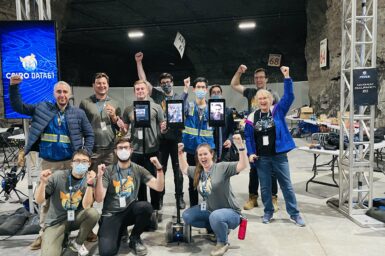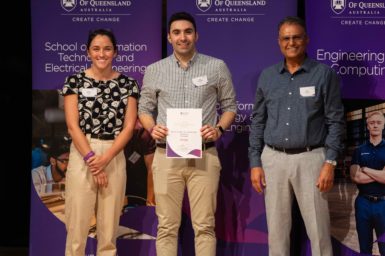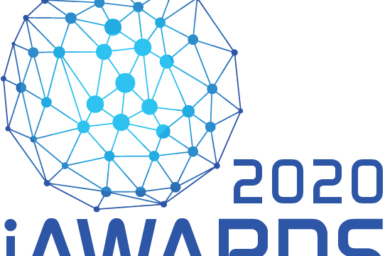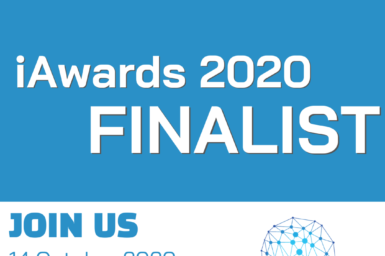Awards
Apart from several world’s first achievements, the Robotics and Autonomous Systems Group at CSIRO’s Data61 has received many awards along its history, some of which are listed below:
- DARPA SubT – page link
- 2022 iAwards QLD Winner – the Government and Public Sector – Multi-robot Navigation for Effective Human Robot Teaming
- 2020 iAwards QLD Winner – PaintCloud
- 2020 ‘Field Leader in Australia for Robotics’ – Dr Inkyu Sa
- 2020 CSIRO DNFC Award for Science Excellence – Wildcat
- 2020 CSIRO DNFC Award for Engineering & Technology – 3D Situational Awareness
- 2020 CSIRO’s AIM FSP Leadership Award – Dr David Howard
- 2020 AAUS Leadership Award – UAV Challenge
- 2019 Best Paper Award in IEEE TAES – Dr Jason Williams
- 2019 IAC Finalist Paper: Modular Field Robots for Extraterrestrial Exploration
- 2019 New Innovative Technology in Inspection Maintenance or Cleaning – Magneto
- 2019 Churchill Fellowship Recipient – Dr Paulo Borges
- 2019 CSIRO Julius Career Award – Dr Peyman Moghadam
- 2018 iAwards National – Hovermap
- 2018 iAwards QLD – Hovermap
- 2017 Boeing Supplier of the Year
- 2017 DNCF Awards – Engineering and Technology Award – RapidAIM Team
- 2016 Boeing Supplier of the Year
- 2015 CSIRO Complex Systems Society Award (Complex Systems Summer School 2015 – Santa Fe, New Mexico) Gator Autonomous Vehicle
- 2015 iAwards NSW – IntoScience Virtual School Excursions CSIRO & 3P Learning
- 2014 CSIRO Medal for Scientific Excellence – Zebedee
- 2014 iAwards National – HeatWave Research & Development – Dr Peyman Moghadam
- 2014 iAwards QLD – HeatWave Research & Development – Dr Peyman Moghadam
- 2014 iAwards QLD Merit- Camazotz Research & Development
- 2013 AARNET Excellence Award – CSIRO/NMA Museum Robot
- 2013 ANSTO Eureka Prize for Innovative Use of Technology – Zebedee
- 2013 iAwards National – Zebedee Research and Development
- 2013 iAwards QLD – Zebedee Research and Development
- 2013 ANZIA Innovation Winner – CSIRO and The National Museum of Australia
- 2012 iAwards QLD – Research and Development
- 2011 CSIRO Medal for Environmental Achievement – Smart Office Team
- 2011 iAwards QLD – SmartSkies Project
- 2010 Business & Higher Education Round Table Award – SmartSkies Project
- 2010 iAwards QLD – CSIRO ICT Centre Research and Development
- 2010 Engineers Australia QLD Division Excellence Awards – SmartSkies Project
- 2006 Engineers Australia Excellence Awards – Starbug
- 2006 Engineers Australia Innovation Excellence Awards QLD – Starbug
- 1999 CSIRO MST One Off Award – Autonomous Load Haul Dump Project
* The iAwards are granted by AIIA (Australian Information Industry Association), a not-for-profit Australian peak representative body and advocacy group for the ICT industry and the wider technology sector.






